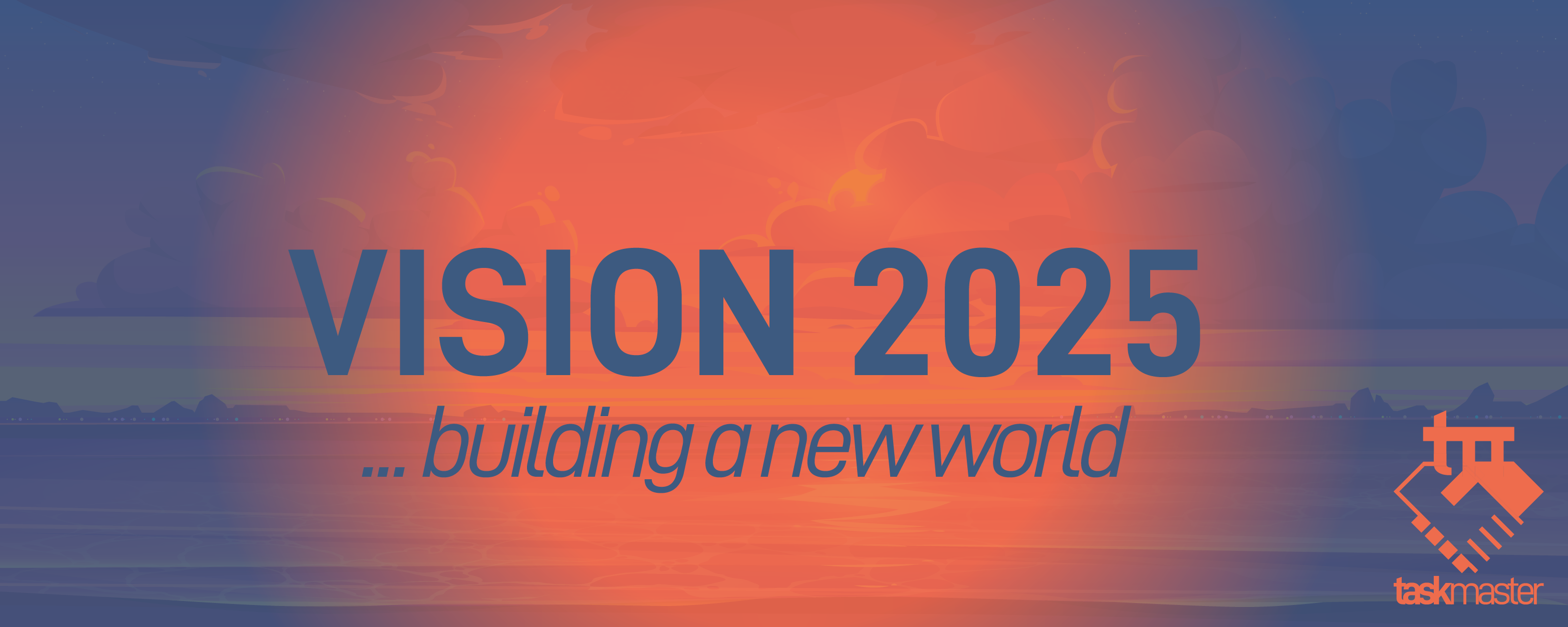Stablecoins: Most Missing The Biggest Markets And The Lesson For HBD
We discuss stablecoins a great deal. There is good reason for it. They simply are a vital part to the future of cryptocurrency.
This is a sentiment reflected at the Point Zero Forum. This was summarized in an article on Chaindebrief.
A quick read through the article shows support for stablecoins. For this reason, it is very telling when the writer misses a large portion of the stablecoin market.
Here is what was written:
There is an increasing trend of using stablecoins for trading and instant settlement purposes. But the original use case of stablecoins was for payment purposes. There is tremendous headroom for growth in stablecoins to be used for payment purposes.
This is not wrong yet it shows a severe underestimation of what needs to be done.
In this article we will recite how much more there is to all this and and many different directions are required.

Bonding
Why do we discuss bonding so much? The answer is because this is a vital part of expanding the scope of a stablecoin.
Before getting specific, let us look at US Treasuries. Under this scenario, what is a bond? In other words, at its core, what is it?
A Treasury Bond is purchased for a certain amount of money. This effectively swaps USD for a stream of payments. Over time, the holder of the bond receives USD until the bond expires. At that point, the bond is redeemed for USD.
Hence, a US Treasury Bond is really future dollars. Basically, it is USD in another form. It is akin to water freezing and becoming ice.
Unlike water, instead of switching states, it is operating in both at the same time. This is vital for expansion.
IT is why something like Hive Bonds is crucial.
Building Many Deviations From the Stablecoin
When discussing the evolution of stablecoins by only focusing upon payment, we are discounting much of what generates resiliency with a currency. Here is why we have to look at the larger markets.
One of the areas we talked about in the past was derivatives. When look at something like HBD, we see where derivatives can add great value.
Here is a quick example that illustrates the point.
We saw the formation of pHBD over on the Polygon Blockchain. This is one deviation away from HBD yet it offers similar properties. Of course, like with US bonds, it does not swap forms but operates as both at the same time.
With pHBD, we can create Polycub Bonds. Here again, we are dealing with an asset that is future pHBD, generating another deviation away from HBD, yet still ultimately tied to it.
A bond of this nature could be used as part of the creation of an interest rate swap, providing the fixed interest portion. Now we are up to 3 deviations away from the core HBD, yet still driving value back towards it.
Each of these can be thought as layers to HBD.
Increased Utility
Payments are an important step in the evolution of stablecoins. However, they account for only a small portion of what we are dealing with.
Before getting into the numbers, here are the key components of what we are creating.
- each pHBD is backed by HBD
- under this bonding process, pHBD is deposited in a time locked vault
- the bond is contractually obligates as part of a Interest Rate Swap contract, locking that in.
Without going any further, we already generated 3 different use cases. Instead of just one, payments, we have expanded HBD in a variety of ways, generating resiliency.
Naturally, the ability to use for payments is still present.
Now let us see how how big some of this is.
When looking at payments, it is hard to pinpoint how much is actually taking place. However, it is estimated that cross border payments will reach $156 trillion in 2022. This is almost exclusively controlled by the banking system, something that cryptocurrency needs to change.
Simply by stepping in with stablecoins, we can see cross border payments along with near instant settlement times. After all, there is roughly $500 billion in transactions daily sitting right here.
How does that compare to some of the other "layers" we created?
When looking at bonds, this is what we find:
In 2018, the average total volume of treasury securities traded per day was over 547 billion U.S. dollars. This means that every day the market was open, the average amount of U.S. government securities bought and sold amounted to half a trillion U.S. dollars in that year.
This almost equates to the amount of cross border payments and this is US Treasuries only. It does not include other bonds that are "future currency" like those from the EU, Japan, and Britain. Obviously, the number gets a lot bigger.
As for interest rate swaps, according to the CFTC, the volume for the week of 6/10/22 was $13.7 trillion.
Of course, not only are these assets tied to USD, they are traded for USD.
Focusing Upon The Low Hanging Fruit
Payment for commercial products is something most focus upon. What is overlooked is the payment for financial products. By combining the stablecoin into the products as well as accepting payment for them, we see a compounding effect upon the resiliency of that coin.
Here is something that is rarely discussed with stablecoins. It is always about the return generated for staking as well as getting it accepted for commercial payments. As we can see, this is just scratching the surface.
With HBD, we have 4 areas to focus upon:
- infrastructure
- depth
- liquidity
- sophistication
Since they are interconnected, they have to be built out simultaneously. Those platforms that are able to do it will be targeting an enormous market. This is something much larger than the payments market.
Of course, as each facet grows, the appeal of accepting HBD for payments only increases.
The financial world can build some exotic products. With stablecoins, the key is to garner some of the low hanging fruit to gain some momentum. Could this be HBD?
It depends upon the development that is tied to it. Are teams going to focus upon the areas mentioned in this article?
Only time will tell. However, as we can see, most of the industry is missing the biggest markets when it comes to stablecoins.
If you found this article informative, please give an upvote and rehive.

gif by @doze

logo by @st8z
Posted Using LeoFinance Beta
https://twitter.com/taskmaster4450/status/1542875580743487489
The rewards earned on this comment will go directly to the people( @taskmaster4450le ) sharing the post on Twitter as long as they are registered with @poshtoken. Sign up at https://hiveposh.com.
!1UP
You have received a 1UP from @luizeba!
@leo-curator, @ctp-curator, @vyb-curator, @pob-curator, @neoxag-curator
And they will bring !PIZZA 🍕.
Learn more about our delegation service to earn daily rewards. Join the Cartel on Discord.
PIZZA Holders sent $PIZZA tips in this post's comments:
@curation-cartel(16/20) tipped @taskmaster4450 (x1)
Please vote for pizza.witness!
This post has been manually curated by @bhattg from Indiaunited community. Join us on our Discord Server.
Do you know that you can earn a passive income by delegating your Leo power to @india-leo account? We share 100 % of the curation rewards with the delegators.
Please contribute to the community by upvoting this comment and posts made by @indiaunited.
Getting Stablecoins to serve more than payments and the yield for staking we are accustomed to is vital for its resilience, as if outlined it just makes a lot of sense building usecases around Stablecoins as much as possible.
I like the layers of HBD idea in relation to derivatives, hopefully we get HBD expanded to serve these usecases
Posted using LeoFinance Mobile
It will require a lot of infrastructure being built. If that is a route many take, we could see the resiliency of HBD increase significantly. This is something that we have to focus upon.
Too many believe that simply backing the stablecoin is all that it takes. Instead, we have to build value for the coin itself, through use cases and concentrating upon those areas where we have the ability to draw large amounts of users.
Posted Using LeoFinance Beta
Stablecoins can be used for more than just commercial payments, that's just one angle, a medium of exchange. But they can also be used as financial products and/or services. Just like how banks treat money.
Posted Using LeoFinance Beta
You hit the nail on the head. This is certainly the case. If we are going to replace the banking system, the entire one, we need to make sure we do what they do.
This is vital to the evolution of the monetary system that is being created. We are generating the next phase.
Posted Using LeoFinance Beta
If stablecoins are able to correctly replicate the banking system, then it'll be a game changer.
Once this is done, myriads of possibilities become available to try out and expand on because of the underlying technology that it's build on, blockchain.
Posted Using LeoFinance Beta
We have the potential. It is going to take some time.
To be remotely successful, we need:
Get those and you have a stablecoin that is competitive. Right now we see nothing really doing that.
Posted Using LeoFinance Beta
One use case we can think of is making use of the HBD in the games and apps. Where say those in-app or in game items purchased using the HBD. That use case if becomes a norm that would be a good thing for the Hive and it's ecosystem in general.
That is true. Of course, that is focusing upon the commercial applications which is important. However, we need to expand the focus to those areas which truly add value to HBD. Layering as described in this article is one way to generate more resiliency.
Posted Using LeoFinance Beta
Wen bonds?
No idea. Wish I knew the path forward with this. I can only keep writing about it in an effort to get the ideas out there.
Posted Using LeoFinance Beta
HBD does have potential but everyone in the traditional space will be asking where the yield comes from. As we are not exactly USD, I have a feeling that it might not really be widely accepted because you just have to look at the eurodollar system.
Posted Using LeoFinance Beta